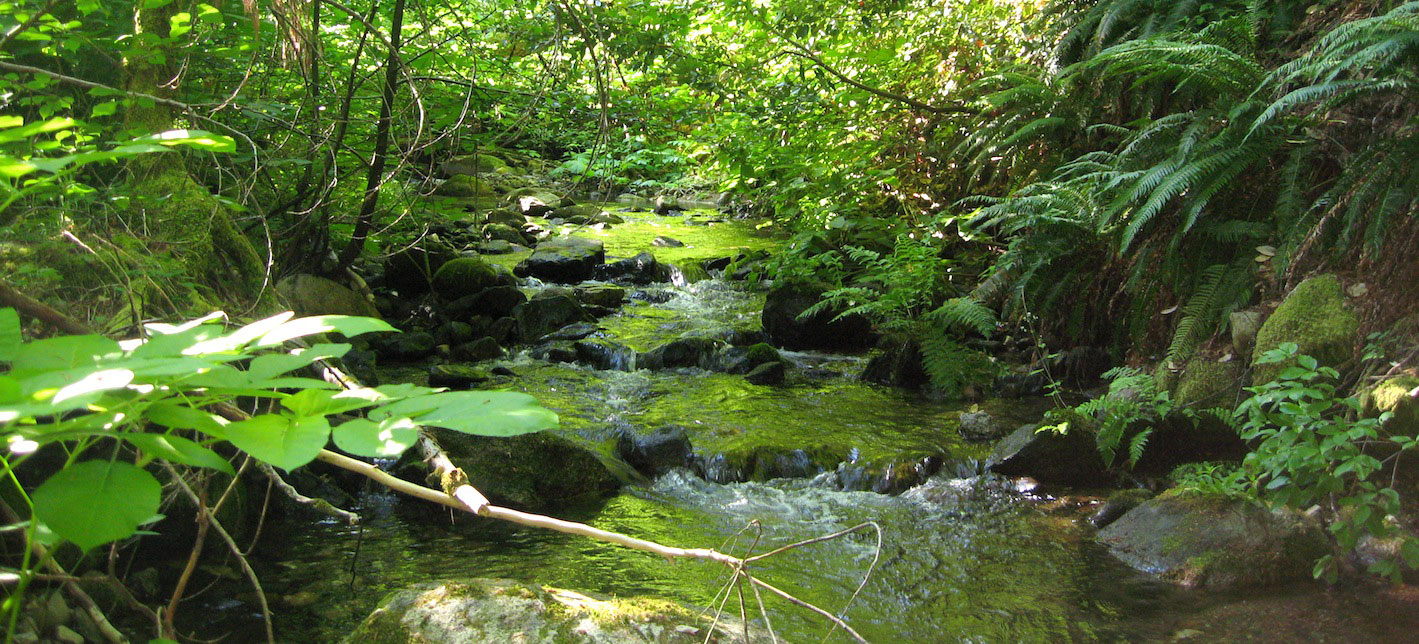Flood Insurance Discussion
Fair Flood Insurance?
Background:
Some lands are more prone to flooding than others, constituting flood hazard. Some land uses suffer more economic loss than others when flooded, constituting flood damage. Together, flood hazard and flood damage may be combined to determine flood damage risk. The U.S. Federal Emergency Management Agency (FEMA) is implementing a new framework for assessing flood damage risk called “Risk Rating 2.0”. This will overhaul the amounts people pay for flood insurance when they reside in a floodprone area to better reflect actual risk. Because most property owners participating in the National Flood Insurance Program (NFIP) pay less than free-market prices for insurance subsidized by the American taxpayer, they are likely to see significant increases in annual insurance rates. However, many such people can be quite poor despite owning valuable land (i.e. little accessible cash other than the locked-up property value) and may not be able to afford increased rates. Rates may also hit people of different racial, ethnic, and socio-economic groups disproportionately. Yet, why should the American taxpayer subsidize property ownership in high-risk floodprone areas, as many Americans do not live in these areas and do not have the benefit of owning any land…
The question arises, Are “Risk Rating 2.0” and associated higher NFIP rates fair?
Different stakeholders have different perspectives on this issue. Some are in favor of or against the new framework, while others may be in favor of or against the new framework but have not declared so yet.
Broad Assignment:
You will watch the movie The River to view a dramatized, fictional perspective on socio-economic issues associated with river flooding and dam development in an agricultural valley. After watching the movie but before coming to your discussion section, everybody will read an overview document describing the plan from the Federal government perspective. Further, after watching the movie but before coming to your discussion section, each person will be assigned to a stakeholder viewpoint and you will read a document presenting the viewpoint you are assigned to articulate. In class you will participate in discussion of the scenario.
Everybody reads:
Stakeholder ID’s For This Assignment:
- National Association of Mutual Insurance Companies
- Climatic change resilience activists
- Suburban and urban homeowners in floodprone areas
- Farmers
Specific Readings By Stakeholder ID:
You are welcome to search the internet to find more resources in support of discussing the viewpoint you are assigned to represent.
1. Grande. 2019. “NAMIC Applauds NFIP Risk Rating 2.0”.
Activity In Discussion Section:
- 7 minutes settling class down, deal with class issues, and TA intro to scenario.
- 7 minutes discussion with same all people with same viewpoint discussing how to make your main points
- 7 minutes with an opposing viewpoint, one-on-one
- 7 minutes with an opposing viewpoint, one-on-one.
- 7 minutes with an opposing viewpoint, one-on-one.
- 7 minutes with an opposing viewpoint, one-one-one
- 7 minutes whole-class discussion wrap up.


